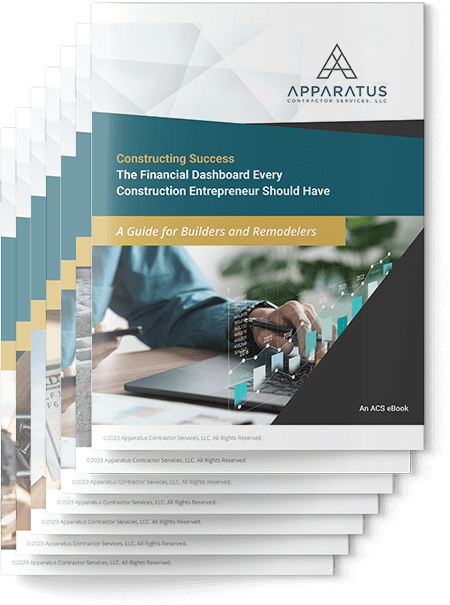The construction world is not just about bricks, beams, and blueprints; it’s about the behind-the-scenes management that makes a project successful. Maintaining a thorough and organized bookkeeping system is one of the most vital elements in managing a construction business. If you aim for transparency, efficiency, and accuracy, employing the NAHB (National Association of Home Builders) Chart of Accounts and Cost Codes is crucial. Here’s why and how you should integrate it into your bookkeeping system.
Understanding the NAHB Chart of Accounts
The NAHB Chart of Accounts is a standardized list of account names specially curated for builders, remodelers, and developers to classify revenue, expense, and balance sheet accounts in their financial statements. Adopting this standardized system:
- Ensures Consistency: Standardizing your accounts ensures that you record transactions consistently, making your financial statements more reliable.
- Facilitates Comparisons: Using an industry-standard chart of accounts makes it easier to compare your financial performance against industry benchmarks or competitors.
- Enhances Financial Management: A structured chart of accounts gives a clearer picture of your financial health, enabling better decision-making.
The Role of Cost Codes
Cost codes are subsets of the Chart of Accounts. They further detail where expenses occur in your construction projects. Integrating NAHB cost codes can:
- Streamline Job Costing: Track every dollar spent on a project to ensure you’re on budget.
- Enhance Project Management: Knowing where the money is going can highlight inefficiencies in a project, allowing for timely interventions.
- Simplify Reporting: Generate detailed reports for stakeholders, investors, or financial institutions, showcasing your company’s financial diligence.
Integrating NAHB Chart of Accounts and Cost Codes into Your Bookkeeping System
Start with a Thorough Review: Before implementing the NAHB Chart of Accounts, review your existing accounts. Identify overlaps, redundancies, or gaps that can be streamlined or supplemented by the NAHB system.
- Customize When Necessary: While the NAHB provides a comprehensive list, every construction business has unique financial touchpoints. Customize the Chart of Accounts to fit your business needs without deviating too much from the standard structure.
- Training is Key: Ensure that your financial team, or whoever manages the bookkeeping, understands the nuances of the NAHB Chart of Accounts and Cost Codes. Invest in training sessions, webinars, or workshops that the NAHB might offer.
- Consistent Application: For the NAHB system to be effective, consistency is crucial. Every transaction should be recorded using the appropriate account and cost code, ensuring uniformity across the board.
- Regularly Review & Update: The construction industry, like all industries, evolves. Regularly review your Chart of Accounts and Cost Codes to ensure they’re still relevant and adjust them as necessary to reflect changes in your business or the industry.
- Leverage Technology: Modern accounting software often allows integration or customization with the NAHB Chart of Accounts and Cost Codes. Use this to your advantage to automate processes, reduce human error, and ensure your bookkeeping is as precise as possible.
- Stay Updated with NAHB Resources: The NAHB provides a wealth of resources and updates for builders and remodelers. Regularly checking in with their publications, seminars, or webinars can offer insights into any changes or best practices in using their system.
Reaping the Benefits
Incorporating the NAHB Chart of Accounts and Cost Codes into your bookkeeping is more than just a process overhaul; it’s an investment in your construction business’s clarity, accuracy, and growth. You’ll find:
- Better Financial Oversight: Quickly pinpoint where funds are being allocated and if they align with your budget projections.
- Informed Decision-Making: With clearer financial data, make decisions that drive project profitability and efficiency.
- Increased Trust from Stakeholders: Standardized financial reporting can build trust with stakeholders, financial institutions, and potential partners, as it showcases professionalism and transparency.
In essence, the foundation of every successful construction project lies in the physical materials used and the robust financial structures supporting them. Employing the NAHB Chart of Accounts and Cost Codes ensures your construction business stands tall and fortified by industry-best financial practices.
Stay tuned for more tips, insights, and guidelines tailored specifically for the construction industry. Here’s to building a brighter, financially secure future for your business!
GET THE PROFESSIONAL BOOKKEEPING HELP YOU NEED
Apparatus Contractor Services, LLC provides affordable bookkeeping, payroll, and CFO services exclusively to construction-industry businesses. Let us give you the precision bookkeeping foundation you need to grow a remarkably profitable construction business. LEARN MORE









